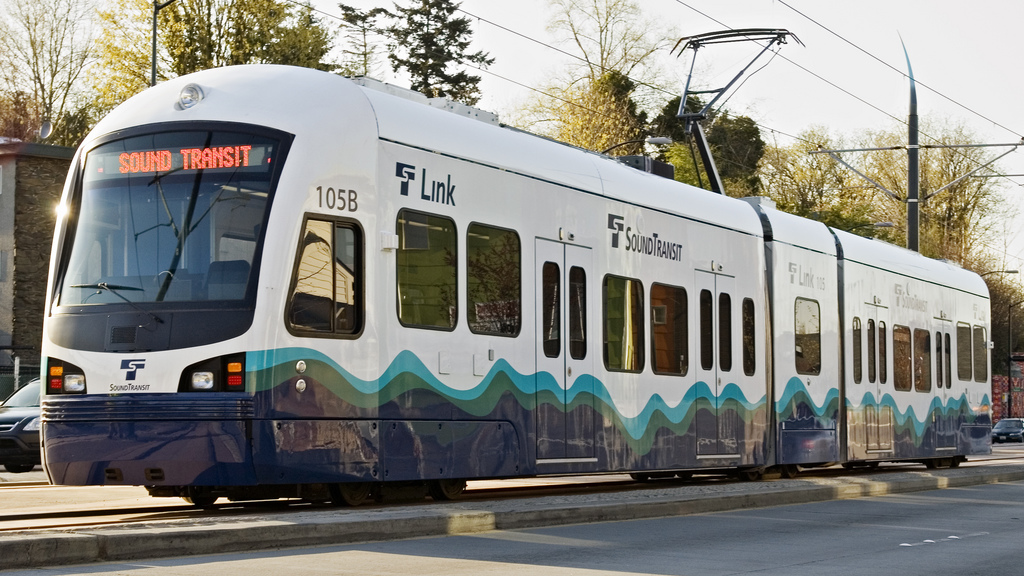Greens like me tend to fetishize trains. And for good reason. Why risk your life in a private, energy-intensive pod, negotiating traffic and the dubious decisions of hundreds of other drivers, when you could be comfortably reading on a subway? Who would endure the indignities of the airport for a short flight, if a high-speed train covered the same ground? Our society would be much more energy-efficient and productive if our major cities were connected by high-speed rail networks. And if our great 20th-century metropolises — Los Angeles, Phoenix, Houston, etc. — had been built around mass rail transport, and not automobiles, imagine how much better off we’d be in terms of greenhouse gas emissions, oil dependency, urban density, etc.
But reading William Cronon’s amazing, magisterial 1990 book Nature’s Metropolis: Chicago and the Great West has reminded me that the historical role of trains was not to reduce fossil fuel use, but rather to enshrine it. Here’s Cronon on the railroad boom of the mid-19th century:
All previous forms of land transport had relied on biological sources to power their movement, in the form of food calories consumed by people, horses, or oxen to move vehicles and goods through space. All such energy ultimately derived from the sun, and its use was strictly constrained by the physiological ability of animal metabolisms to convert food into work. Speed of movement had well-defined biological limits, as did the total quantity of work people or animals could perform in a day: a good-sized man might deliver two to three horsepower-hours in the course of a hard ten-hour day, while a good horse might deliver eight to ten horsepower hours during the same period. The railroad broke this age-old restrictive relationship between biological energy and movement, much as the steamboat had done for water transport several decades earlier. Although early locomotives burned wood, they gradually shifted toward coal, and so ended their reliance on biological energy sources by replacing them with fossil fuel. Locomotives were not more efficient than horses, but they could consume vastly greater quantities of fuel much more quickly, and thus had much higher limits of work, speed, and endurance. Typical locomotives of the 1850s could deliver over 300 horsepower … No longer would solar energy and animal physiology set limits to human movement across the landscape.
The emergence of trains, Cronon argues, transformed the U.S. landscape. He shows that the development of Chicago as the central U.S. rail hub, the “gateway to the West,” facilitated the conversion of the Midwestern prairie ecosystem into today’s Farm Belt. Without a thriving market for farm products in Chicago, and the means for cheaply getting them there provided by the rails, it would not have made economic sense to plow up the prairie and plant it with grain.
And the emergence of the Farm Belt, of course, would provide fertile ground for the 20th century’s great metabolic break: the emergence of cheap nitrogen fertilizer, synthesized with great quantities of fossil fuel, that facilitated the large-scale monocropping that has conquered the Midwest and holds sway to this day.
Having spurred all of that, it would be ironic if the train were the vehicle we needed to transport us away from fossil-fuel dependence. But trains no longer need rely on fossil energy sources — smart grids, powered mainly by wind and solar sources, could in turn power trains. The transportation technology that once subverted solar energy could bring it back to the forefront.




